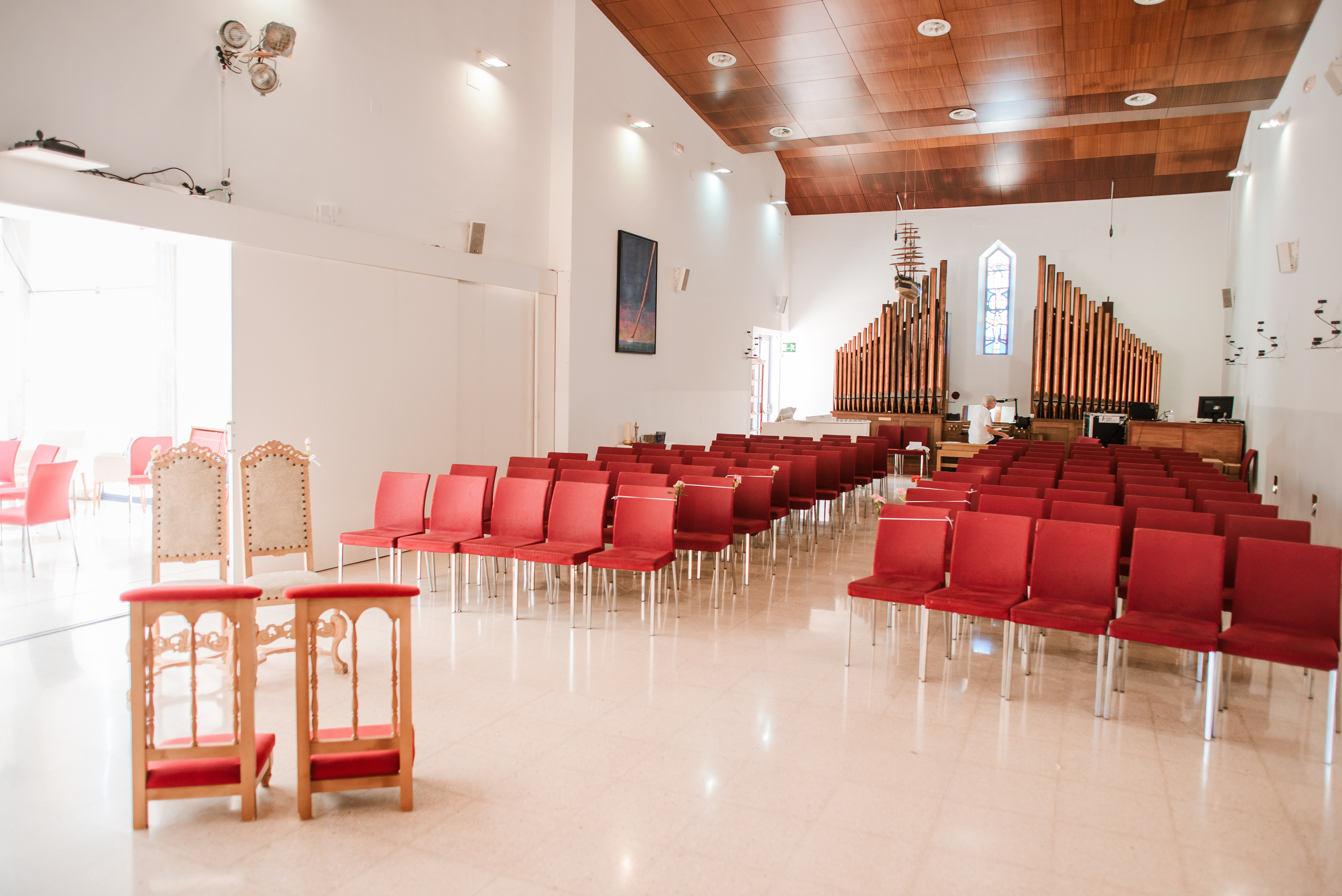How to choose a furniture layout for a place of worship
POSTED ON 26 October 2022 BY NINGBO TEAM

The furniture layout of your place of worship can have a huge impact on how your events, sermons and ceremonies are received by the congregation. Different seating layouts can serve different purposes. This can even encourage members of your congregation to engage with what you’re doing in ways you've never tried before.
While there are a few stock formats you can try, every place of worship has different needs and requirements. Customising your seating layouts to suit your congregation and the building you’re in is the best way to get results that work for you. If in doubt, why not ask your congregation for their thoughts on the seating arrangements?
What are the best seating arrangements for a place of worship
Having the choice of different seating layouts is one of the key benefits of choosing stacking or folding chairs for your place of worship. They are easy to move around and store, meaning you can easily switch up how many you have out, how they are arranged and more. A folding chair trolley can make this even easier, giving you greater flexibility.
Remember, there’s no need to stick to the same layout for every service you do. Switching up the layout can help to make sure you get the best results with a dynamic approach. Trying to make one layout fit different situations can sometimes work, but not always. The bonus of using folding chairs is, you can always change the layout if it doesn't suit your place of worship.
Straight rows
As a traditional, well-known layout for event seating, straight rows are relatively easy to set up. This can be a good layout for lecture-based or ‘sit and listen’ services that don’t involve a lot of collaboration or discussion. This is because the position of the rows means all focus is on the leader of the service, holding people's attention. Straight rows tend to be the most common seating choice as it mimics rows of pews. Many choirs also stand in this formation, so it makes sense for the seating to be the same throughout.
Depending on the exit routes and paths in your place of worship, you may need to create aisles within your rows. Wedding ceremonies in particular favour this. However, having aisles is beneficial to a range of situations as it makes it easier for people to leave the building in the event of an emergency. How many aisles you include is up to you, so consider the number of exits available.
Semi circle
This arrangement of chairs is often a good option for services that involve interaction between members of your audience. It’s a slightly less formal version of straight row seating that has many of the same benefits. Like straight row seating, you can use aisles to break up the block of seats and create routes through which to navigate the building.
Social events such as weddings or confirmation ceremonies lend themselves to semi-circular seating. This is because it allows for a feeling of community and togetherness as members of the congregation are closer to facing each other. It’s also beneficial for those who are hard of hearing or have impaired sight, as more people are closer to the speaker or leader.
Full circle
If you have the space for it, amphitheatre-style seating could be the way to go to inject a little freshness into a familiar service or event. While it involves more dynamic action from whoever’s leading the service, it can be an excellent way to fit more people into your space. It also has the added benefit of keeping most people close enough to see and hear easily.
If a full circle approach seems a little daunting, there are simple alternatives. Try lining your chairs in straight rows around the centre of your space - depending on the requirements of your room you could have a triangular, square or perhaps even pentangular structure instead of a circle.
Similar to semi-circular seating arrangements, full circle seating lends itself to more interaction and conversation between congregation members. As it puts more of an emphasis on the central ‘stage’, it can be a great choice for performances and celebrations. If your place of worship hosts an event such as a nativity play or a Diwali feast, a circular seating arrangement could work well.
Cluster groups
Although a little different to the previously mentioned forms of seating arrangements, all of which feature rows, cluster groups can also be very effective in a place of worship. This type of seating allows people to gather together and engage in a more social form of worship. Often incorporating trestle tables, cluster groups are great for more relaxed, unstructured religious gatherings.
While this form of seating has less focus on a single prayer leader, it is well-suited to fostering a sense of community amidst your congregation. Helping people to find friends amidst those who share their faith can help to ensure your place of worship is a truly joyful place to be.





